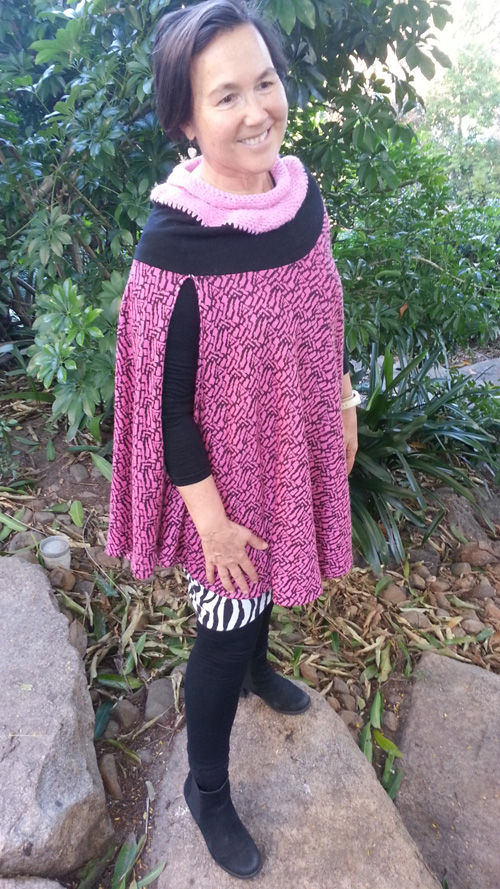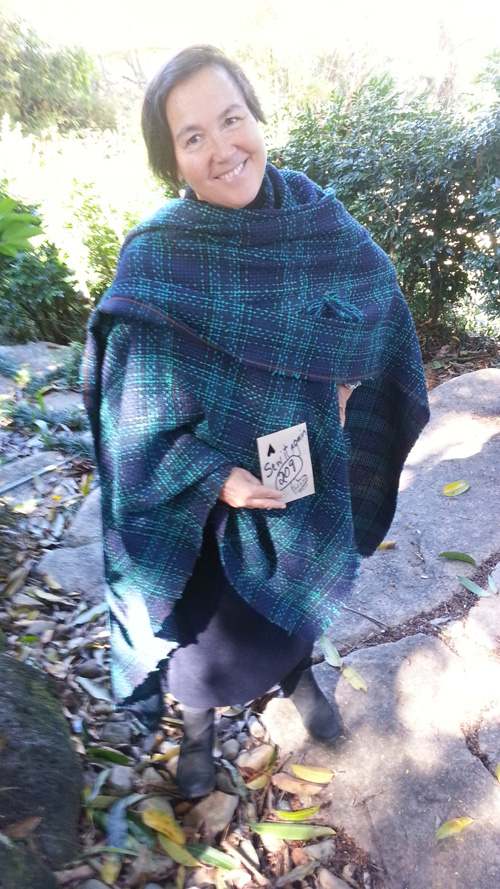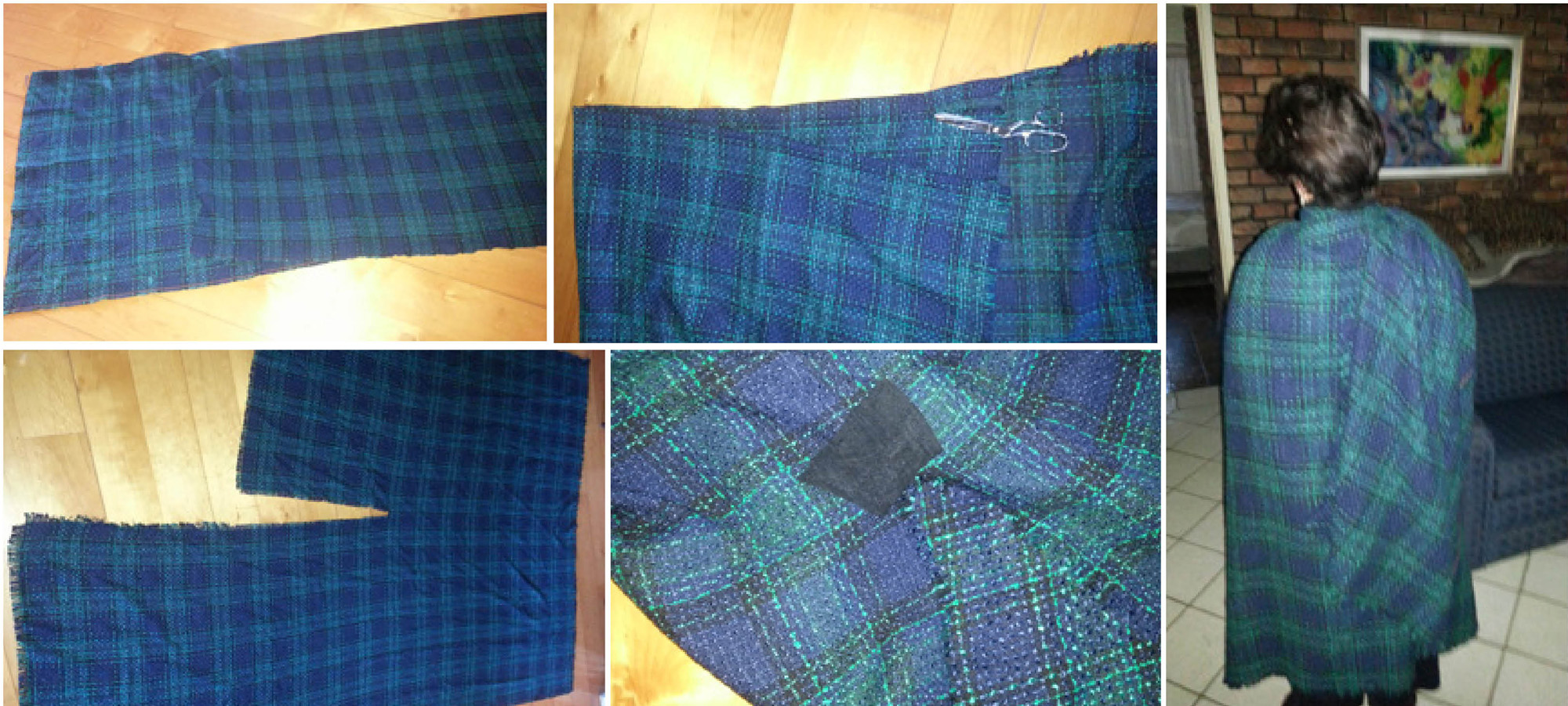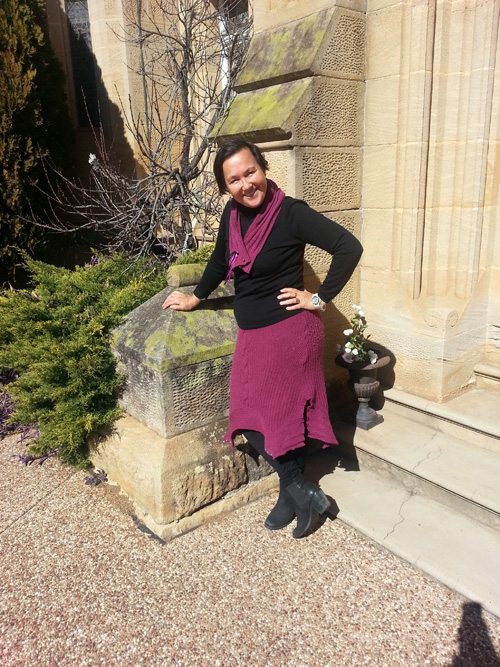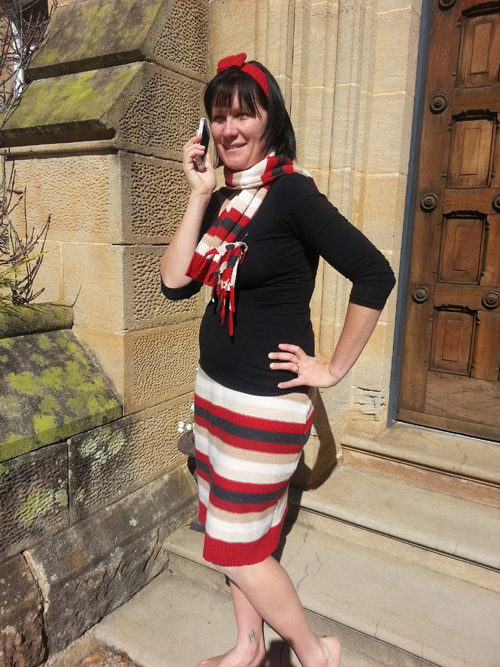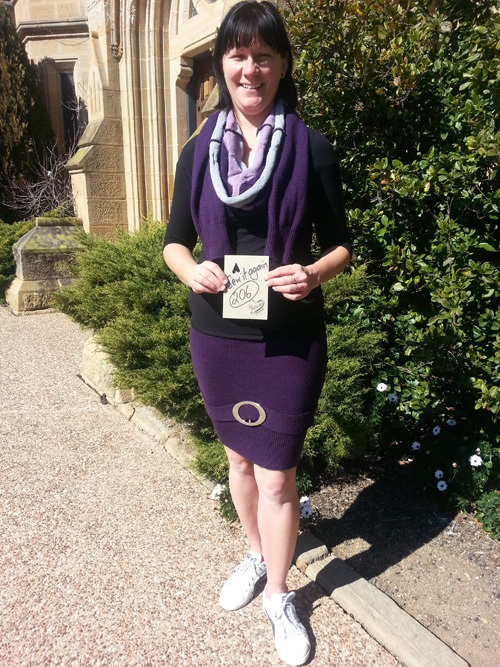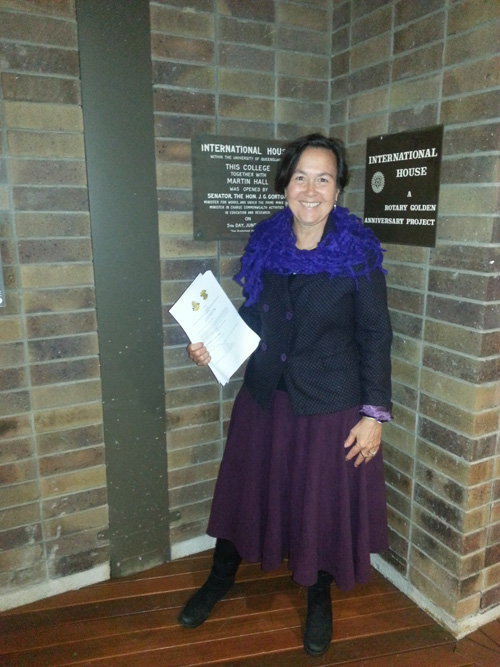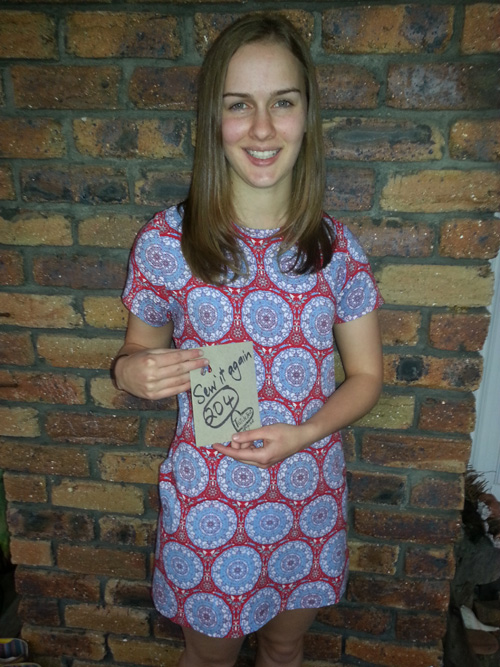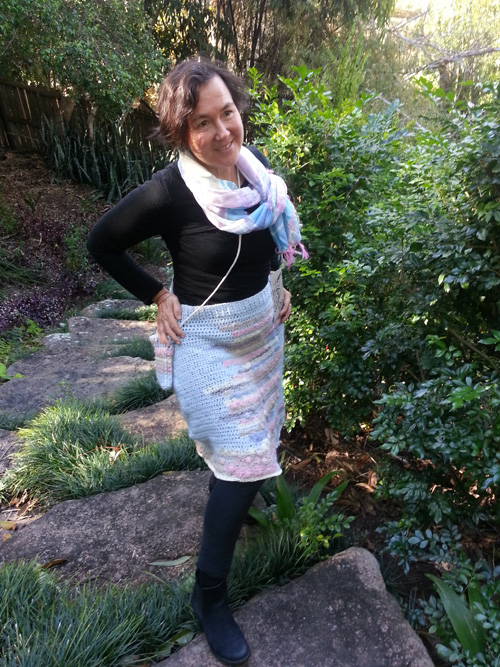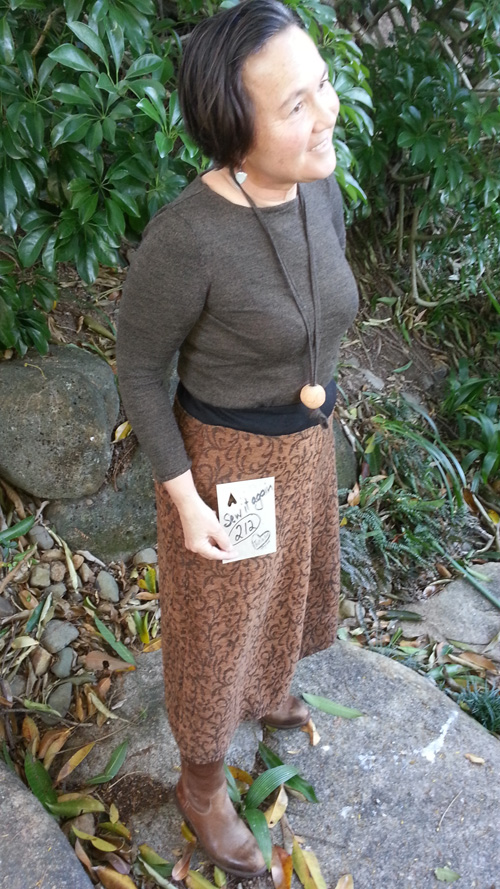 I’ve learned so much from reading Kate Fletcher‘s Sustainable Fashion and Textiles: Design Journeys book – including an understanding about the difference between clothing and fashion.
I’ve learned so much from reading Kate Fletcher‘s Sustainable Fashion and Textiles: Design Journeys book – including an understanding about the difference between clothing and fashion.
Here’s a big slab of what Fletcher says about that: “Fashion and clothing are different concepts and entities. They contribute to human well-being both functionally and emotionally. Clothing is material production; fashion is symbolic production. Although their use and looks sometimes coincide, fashion and clothes connect with us in different ways. Fashion links us to time and space and deals with our emotional needs, manifesting us as social beings, as individuals. Fashion can be what is set in motion when a designer presents a new collection on a catwalk on Milan. But equally, fashion can be the moment when a teenager crops a pair of jeans, adds a badge to an old sweatshirt and paints their Converse pumps. Clothing, in contrast, is concerned chiefly with physical or functional needs, with sheltering, shielding and protecting. Not all clothes are fashion clothes and not all fashion finds expression in garment form. Yet where the fashion sector and the clothing industry come together (in fashion clothes) our emotional needs are made manifest as garments. This overlaying of emotional needs on physical goods fuels resource consumption, generates waste and promotes short-term thinking as we turn our gaze from one silhouette, hemline and colour palate to the next in search of the next new experience. It also leaves us dissatisfied and disempowered, as physical goods, no matter how many of them we consume, can never truly satisfy our psychological needs.” Continue reading
